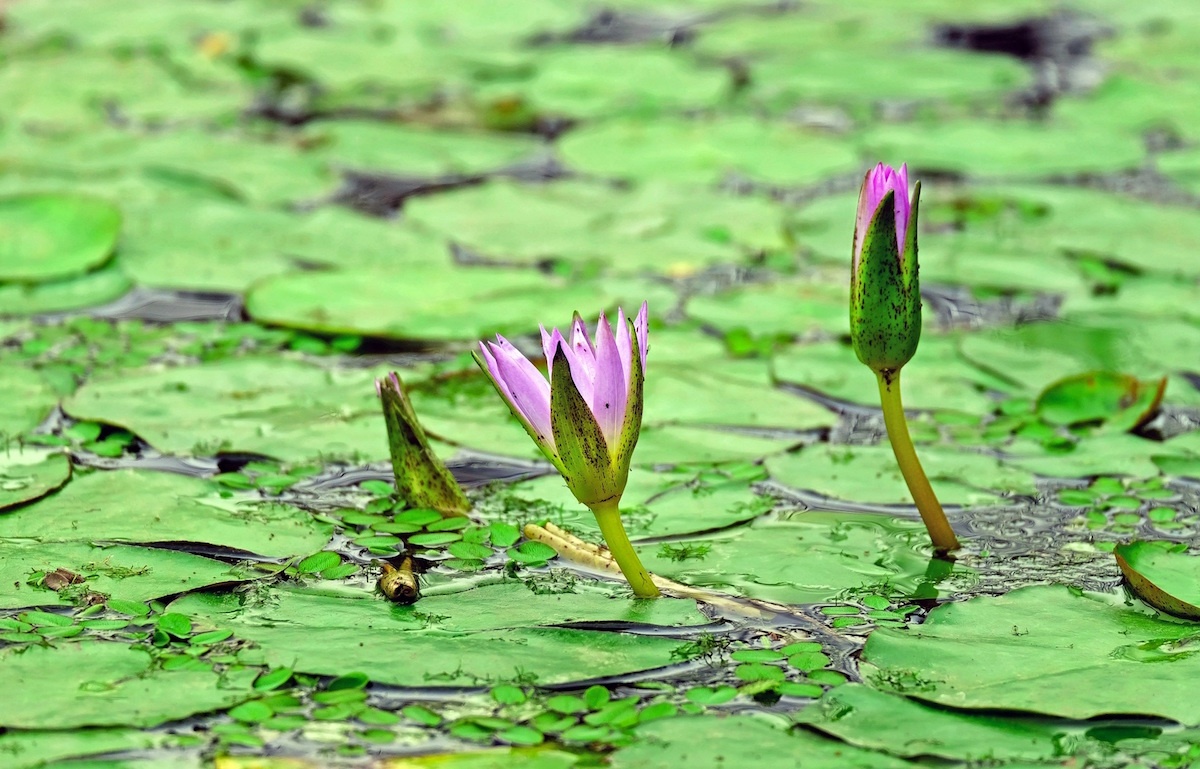Working on this blog post is a particular treat for me. As I write, I’m sitting on a beautiful terrace overlooking a landscape I couldn’t have imagined in my sweetest dreams. It’s the end of a two-week journey I’ve spent traveling through a part of the world that isn’t exactly a popular tourist destination; and I can’t help but smile as I think about everything that led up to this moment. You see, I’ve spent these two weeks in a corner of the world that’s appeared in countless international news headlines. A dark specter of terror hangs over it. When I first began sharing with people that I’d be traveling here, most of them thought I was crazy. Their responses to my travel plans ranged from bewilderment to outrage. Some couldn’t understand why I’d chosen such a controversial destination; others projected their own fears onto me. But a few of the people I told were excited about the adventure ahead of me. And those people had something very specific in common with each other: They’re accustomed to seeking new experiences outside their comfort zones.
I, like the people who supported my decision to visit this part of the world, believe that in order to experience life at its fullest and richest, we must challenge and stretch ourselves. We must reach beyond our modes of everyday living in order to access new experiences, new perspectives, new ways of being in the world. My choice to travel to a destination that had many people shaking their heads has paid off tremendously. It’s been a liberating adventure filled with countless discoveries and profound insights. It’s been fascinating, freeing, and unforgettable. Most importantly, it’s been nothing at all like what the naysayers told me it would be.
This adventure I’ve been enjoying has served as a reminder that there’s always a pot of gold awaiting us on the other side of our fears, doubts, and self-imposed limitations. Life gets so much bigger, so much more thrilling, when we move beyond the confines of our comfort and get intentional about seeing what else is out there. Of course, the kind of expansion I’m talking about can be experienced by traveling to new destinations; but getting on an airplane isn’t a requirement. There are countless ways to access it, and everyone’s process will look and feel different. What matters is the spirit with which these life-expanding experiences are approached, and the questions that guide the journey of discovery: What do you want to see that you haven’t yet seen? What does life look like outside the boundaries of your customary way of living? Who do you get to be to explore the world in a new and different way? What are you willing to risk in order to live the life of your dreams?
As humans, we’re driven to seek comfort in what’s familiar to us. We create habits, structure our lives in repetitive and routine ways, follow predictable patterns, and limit our options to keep ourselves safe. Now, there’s nothing wrong with this natural tendency to stick with what we know; but anyone who wants to get more out of life must be willing to get a little uncomfortable. As personal achievement philosopher Jim Rohn put it, “If you are not willing to risk the unusual, you will have to settle for the ordinary.” Most of us would love to have exciting, extraordinary lives. But are we willing to step into unfamiliar territory to have it happen? Are we up for ignoring the naysayers and redefining what’s possible? Are we ready to stop settling and start daring greatly to get what we want? Though not everybody sees it this way, the possibilities for our lives are truly endless. We are not who we think we are, and the limitations we place on ourselves are almost always make believe.
You’ve heard it before: nothing ventured, nothing gained. But are you willing to live into this truth? What is the life you envision for yourself? What’s been stopping you from getting it? Maybe the biggest adventure of your life is awaiting you in a coffee shop on the other side of town. Maybe saying hello to the stranger behind you at the checkout line will change your life forever. Maybe you’ll apply for that job, make that phone call, book that flight, get that haircut, tell that person what you’ve been wanting to say. Maybe today will be the day you stand boldly in your declaration to live as fully and freely as you can—no matter what it costs you to do it. You probably don’t need to be reminded that life is short, and every moment matters. Let this nod of encouragement and gentle, loving push to take risks and live courageously propel you into your next big adventure. Aren’t you eager to see all the greatness life has in store for you?










